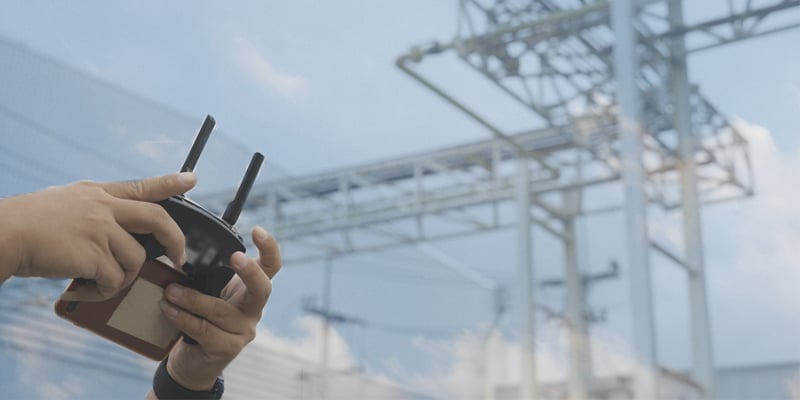 Automated drones provide industrial organizations with an unparalleled source of data and digital information, which has the potential to enhance security, improve efficiency, and reduce costs. Consequently, manufacturers are encouraged to embrace the advantages of automation and simplify their operations with the use of this sophisticated solution.
Automated drones provide industrial organizations with an unparalleled source of data and digital information, which has the potential to enhance security, improve efficiency, and reduce costs. Consequently, manufacturers are encouraged to embrace the advantages of automation and simplify their operations with the use of this sophisticated solution.
Industrial drones offer high-frequency data collection, processing, visualization, and analysis that displays critical plant insights. The use of these modern tools adds value to any industrial site, as they are unique, cost-effective, and able to collect data even in the most hard-to-reach areas. The applications of aerial threat control in industrial facilities are endless.
These are some of the most important:
Safety
Drones can be a highly valuable asset to plants focused on safety. This technology controls threats, puts fewer employees at risk, and reduces human errors. By implementing this solution, workers do not have to be exposed to dangerous conditions, such as heights. Inspecting hazardous environments — i.e., storage tanks or pipelines — with automated drones eliminates the possibility of putting personnel in harm’s way.
Moreover, they provide dynamic perimeter surveillance, 360-degree view, and oversight of remote locations, which reduces the need to send security personnel on risky tasks. This leads to an increase in situational awareness and allows security teams to detect and track issues in real-time, ensuring there is a better and faster response to fires, leaks, environmental disasters, intrusions, and attacks.
Efficiency
Drone inspection of the property can ensure that industrial assets are efficaciously monitored 24/7. The benefits of using drones instead of personnel to conduct plant surveys are:
- When inspecting difficult-to-reach areas with drone automated technologies, the shutting down of operations is no longer necessary.
- Inspection time is minimized.
- Accurate close-proximity visuals are collected.
On the contrary, the logistics involved in human surveillance can certainly impact the business bottom line, particularly if that takes workers away from other important job duties. In addition, this approach is time-consuming and prone to mistakes.
Cost savings
Using drones can significantly reduce the time and number of employees it takes to complete inspections, but without sacrificing accuracy and precision. Further, when utilizing automated drones, the need for training in-house pilots is eliminated, as well as the costs related to maintaining piloting licenses.
